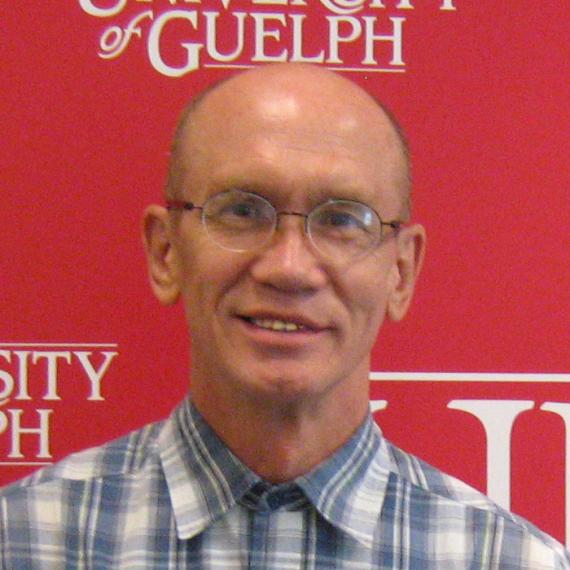Dmitriy Soldatov

Find Related People by Keyword
Instrumentation
Dr. Dmitriy Soldatov’s group works out of the Chemistry Lab (MACN 348) and X-Ray Diffraction Facility (MACN 351, see X-LAB). The chemistry lab is equipped with two fume hoods, lab benches, storage for chemicals, a place for glass blowing, a table with analytical balance and melting point apparatus, ventilation oven, programmable furnace and other things every chemist needs. Other equipment includes DSC and TGA thermoanalytical instruments, two photoreactors, and an FT-IR spectrometer. Some of the instrumentation and equipment can be viewed on Soldatov’s website.
Capabilities
The available equipment makes it possible to make and study various molecular crystalline and non-crystalline materials, conduct reactions in the solid state, elucidate molecular and crystal structure and study phase diagrams.
Education and Employment Background
Soldatov received his PhD from the Institute of Inorganic Chemistry, Russian Academy of Sciences in Novosibirsk, Russia in 1995. Between 1996 and 1999 he held a position as a Senior Research Officer at the Institute of Inorganic Chemistry, Russian Academy of Sciences. Between 1999 and 2002, he worked as a postdoctoral researcher at the Steacie Institute for Molecular Science, National Research Council of Canada. Between 2002 and 2007 he returned to the Institute of Inorganic Chemistry, Russian Academy of Sciences as a Senior Research Officer. Soldatov joined the Department of Chemistry at the University of Guelph in 2007 where he is now an Associate Professor.
Research Themes
Soldatov’s research is focused on the design, characterization and application of molecular and supramolecular materials, solid state structure of crystals, cocrystals, inclusion compounds and polymers, utilization of porous crystal frameworks as a reaction space for green solid-state chemistry. Recent areas of focus include:
- Peptide-based inclusion compounds and cocrystals. Peptide-based host materials are very attractive. Due to the nature of peptide host molecules, such materials are non-toxic, biocompatible and degradable. The diversity of peptide molecules makes it possible to generate numerous host matrices and introduce desired structural features in the host framework. Soldatov and his team explore layered structures built by short hydrophobic peptides. These flexible layers are based on a 2D network fortified by strong, charge-assisted H-bonds. Bulky hydrophobic residues on the peptide backbone stick away from the flexible layer generating interlayer cavity space. The space is available for the molecules of guest: reactive species; pharmaceutical ingredients; flavors; signaling compounds; food additives and so on. The inclusion/cocrystalline materials are useful for the storage/slow release, transport or stabilization of biologically important molecules. These structures also are interesting as simple models of biological elements and functions such as membrane pores or ion channels and their ability to facilitate biotransport.
- Solid state reactivity in peptide-based materials. The reactivity of guest molecules included in the cavities of the peptide crystal matrix may be changed in a desired way. The reactions induced in the solid state may undergo totally different pathways due to special and uniform arrangement of the molecules in the crystal. This is also true for the peptide molecules themselves. Soldatov is focused on the incorporation of reactive or potentially reactive molecules in the peptide matrix and studies on their reactivity in this new environment. Aligning double bonds of two adjacent guest molecules predisposes them for [2+2] photodimerization. Soldatov’s group also studies how the crystal structure affects the resistance of peptide and guest molecules to thermal or chemical degradation. The aim is to develop solid state reactions in peptide materials, which will produce one stereospecific product in 100% yield and would not require any solvents, separation, and purification steps. Such synthetic procedures satisfy the principles of green chemistry.
Highlights
- Natural Sciences and Engineering Research Council of Canada (NSERC) Discovery Grant, 2015-2020
- MITACS Accelerate Cluster Grant, 2016
- Director of the Canada National Affiliated Centre of Cambridge Crystallographic Data Centre, 2008-2021
- Executive Editor of the Journal of Structural Chemistry, 2006-2010